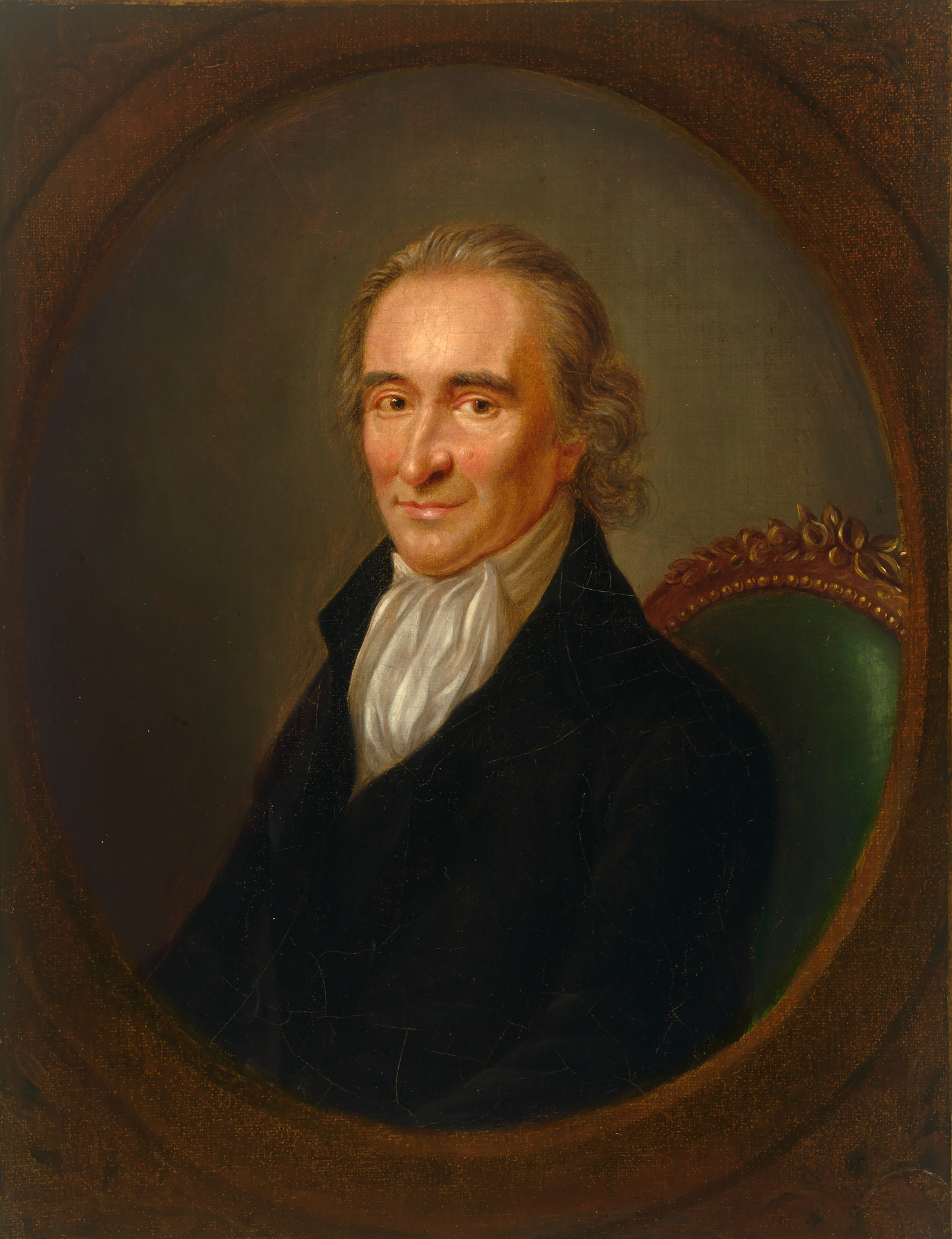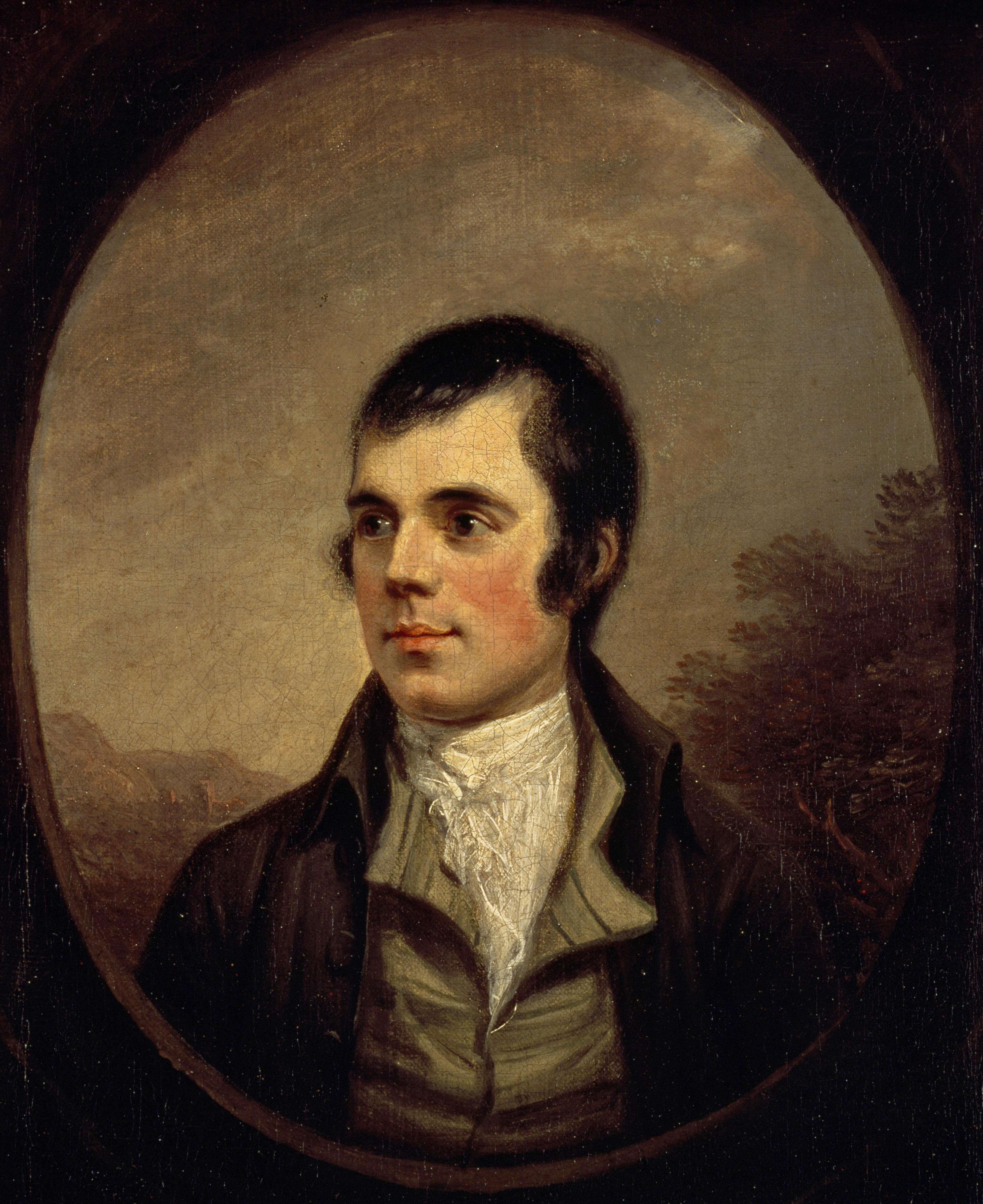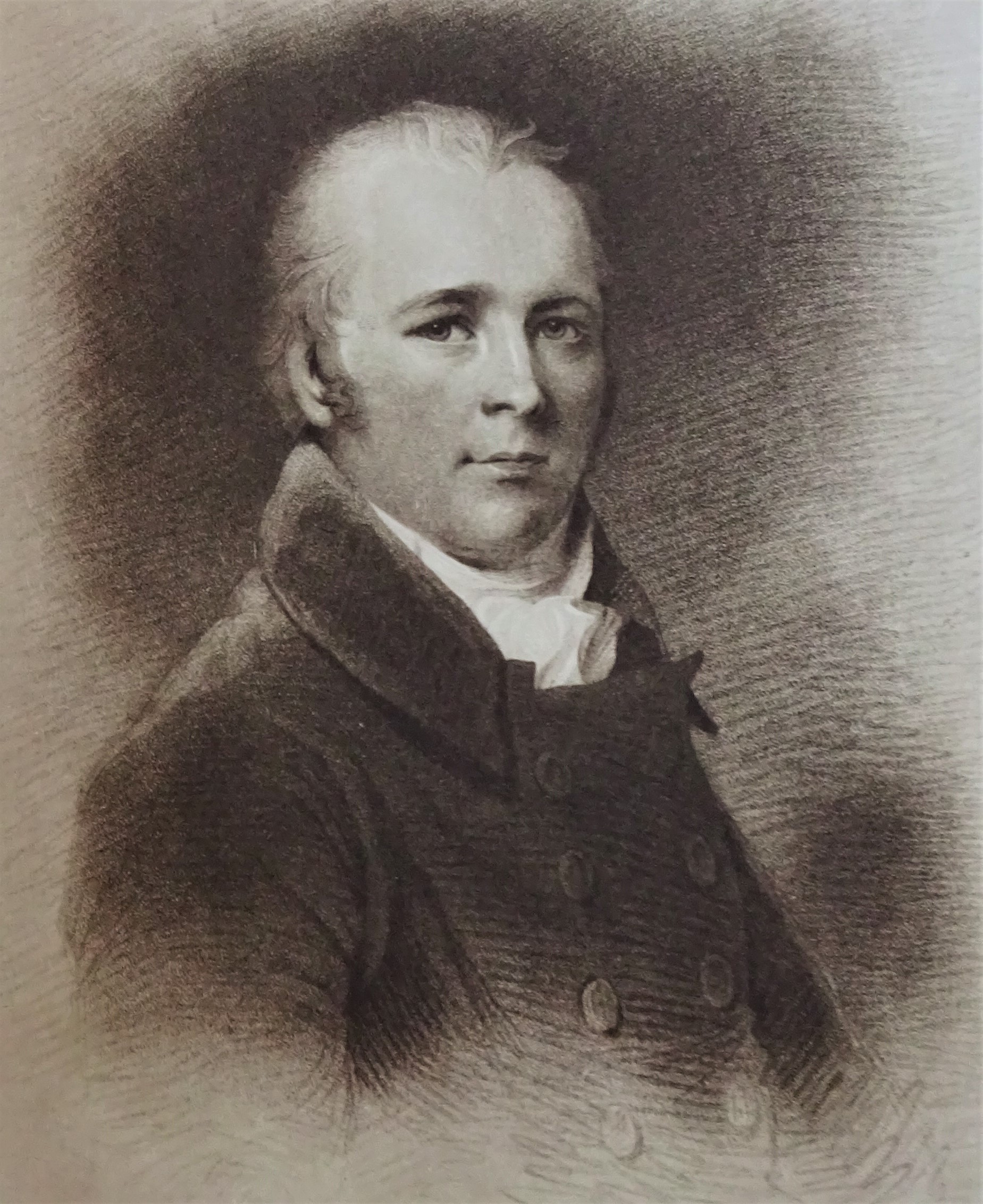|
William Maxwell (doctor)
William Maxwell (1769–1826) was a medical doctor who treated Robert Burns during his final illness. He was one of Robert Burns's intimate friends during his Nithsdale and Dumfries days, noted for his Jacobitism, Jacobite links that struck a chord with the poet's own symapthies. His father, James Maxwell, took part in the 1745 uprising, and his grandfather, William, had fought in the 1715 uprising. Maxwell never married, but fathered a natural daughter, Elizabeth, who lived with him in Edinburgh. Life and character Maxwell was the second son of James Maxwell of the Kirkconnell Estate near New Abbey, and his English mother was Mary Riddell of Swinburne, the marriage taking place in August 1758. Maxwell's family had been in the county since around 1430, however his father was exiled after his involvement in the 1745 uprising and only after the Craiks of Abigland interceded were the ancestral estates returned to the Maxwells in 1753. James Maxwell died in July 1762 when his son Willi ... [...More Info...] [...Related Items...] OR: [Wikipedia] [Google] [Baidu] |
Robert Burns
Robert Burns (25 January 175921 July 1796), also known familiarly as Rabbie Burns, was a Scottish poet and lyricist. He is widely regarded as the national poet of Scotland and is celebrated worldwide. He is the best known of the poets who have written in the Scots language, although much of his writing is in a "light Scots dialect" of English, accessible to an audience beyond Scotland. He also wrote in standard English, and in these writings his political or civil commentary is often at its bluntest. He is regarded as a pioneer of the Romantic movement, and after his death he became a great source of inspiration to the founders of both liberalism and socialism, and a cultural icon in Scotland and among the Scottish diaspora around the world. Celebration of his life and work became almost a national charismatic cult during the 19th and 20th centuries, and his influence has long been strong on Scottish literature. In 2009 he was chosen as the greatest Scot by the Scottish pub ... [...More Info...] [...Related Items...] OR: [Wikipedia] [Google] [Baidu] |
George Thomson (musician)
George Thomson (1757–1851), born at Limekilns, Fife, Scotland, was a noted collector of the music of Scotland, a music publisher, and a friend of Robert Burns. He was clerk to the board of trustees in Edinburgh for 60 years. His '' A Select Collection of Original Scottish Airs for the Voice'' came out in six volumes between 1793 and 1841, and included contributions from Burns, Walter Scott and Thomas Campbell. Thomson published folksong arrangements by Joseph Haydn, Ludwig van Beethoven, Ignaz Pleyel, Leopold Kozeluch, Johann Nepomuk Hummel,J. Sachs. (1970). Hummel and George Thomson of Edinburgh. ''The Musical Quarterly'', 56(2): 270–287. Carl Maria von Weber, Henry Rowley Bishop, and Robert Archibald Smith. Early life His father was the schoolmaster at Limekilns, Dunfermline, and he had some legal training. In 1780 he gained a clerical appointment with the '' Board of Trustees for the Encouragement of Art and Manufactures in Scotland'' on the recommendation of John ... [...More Info...] [...Related Items...] OR: [Wikipedia] [Google] [Baidu] |
1834 Deaths
Events January–March * January – The Wilmington and Raleigh Railroad is chartered in Wilmington, North Carolina. * January 1 – Zollverein (Germany): Customs charges are abolished at borders within its member states. * January 3 – The government of Mexico imprisons Stephen F. Austin in Mexico City. * February 13 – Robert Owen organizes the Grand National Consolidated Trades Union in the United Kingdom. * March 6 – York, Upper Canada, is incorporated as Toronto. * March 11 – The United States Survey of the Coast is transferred to the Department of the Navy. * March 14 – John Herschel discovers the open cluster of stars now known as NGC 3603, observing from the Cape of Good Hope. * March 28 – Andrew Jackson is censured by the United States Congress (expunged in 1837). April–June * April 10 – The LaLaurie mansion in New Orleans burns, and Madame Marie Delphine LaLaurie flees to France. * April 14 – The Whig Party is officially named by ... [...More Info...] [...Related Items...] OR: [Wikipedia] [Google] [Baidu] |
People Of The Scottish Enlightenment
A person ( : people) is a being that has certain capacities or attributes such as reason, morality, consciousness or self-consciousness, and being a part of a culturally established form of social relations such as kinship, ownership of property, or legal responsibility. The defining features of personhood and, consequently, what makes a person count as a person, differ widely among cultures and contexts. In addition to the question of personhood, of what makes a being count as a person to begin with, there are further questions about personal identity and self: both about what makes any particular person that particular person instead of another, and about what makes a person at one time the same person as they were or will be at another time despite any intervening changes. The plural form "people" is often used to refer to an entire nation or ethnic group (as in "a people"), and this was the original meaning of the word; it subsequently acquired its use as a plural form of per ... [...More Info...] [...Related Items...] OR: [Wikipedia] [Google] [Baidu] |
Jessie Lewars
Jessie Lewars also known as Mrs. James Thomson,Westwood, Page 1 was the youngest daughter of John Lewars, a supervisor of excise. Following the death of her 69-year-old father in 1789, Jessie was only 11 years old, when she and her brother John moved to a house in Millhole Brae (now Burns Street) that lay opposite that of Robert Burns in Dumfries. Jessie was a close Burns family friend and when nearly at the age of eighteen helped the family by nursing Robert in the days leading up to his death and doing the domestic chores.Mackay, page 624Westwood (2008), Page 96 Life and character Jessie had a brother and also an older sister, Mary, who married William Hyslop, a Dumfries builder. As teasingly predicted by Robert Burns, Jessie married James Thomson, a lawyer or solicitor, in Dumfries on 3 June 1799. The couple had five sons and two daughters. The sons were James (1800–1820); John (1802–1834), who worked with his father; William (1805–1858), who was a captain in the mercha ... [...More Info...] [...Related Items...] OR: [Wikipedia] [Google] [Baidu] |
Alexander Cunningham (lawyer)
Alexander Cunningham was one of Robert Burns's closest friends from his time in Edinburgh. They stayed in contact, through at least 19 letters from the poet; and Cunningham was the ardent admirer who encouraged and joined others such as John Syme to raise funds for the poet's family after his death. Cunningham was one of the small group of associates whom Burns actively approached for constructive criticism of his work. Life and character He was the eldest son of James Cunningham of Hyndhope near Ettrickbridge in the Borders, and the nephew of William Robertson the historian. He practised law in Edinburgh and was a member of the Crochallan Fencibles where he socialised with Burns having met him at Masonic meetings in Edinburgh. As a student he had lived at No.6, St James's Square in Edinburgh and his near neighbours were George Thomson the music publisher, John Beugo the engraver, Robert Ainslie the lawyer and Alexander Nasmyth the painter, all closely associated with Burns' ... [...More Info...] [...Related Items...] OR: [Wikipedia] [Google] [Baidu] |
John Syme (lawyer)
John Syme (1755 – 24 November 1831) was a Scottish lawyer and one of the poet Robert Burns's closest friends during his time in Dumfries. In the summers of 1793 and 1794 he joined Burns on his two short tours of Galloway. Syme and Alexander Cunningham were amongst the most active of the friends and admirers of Burns's works who raised funds for the poet's family and for his mausoleum with the assistance of others such as James Currie. Together with Dr Willam Maxwell he arranged Burns's funeral. Life and character He was the son of the Laird of Barncailzie in the old Kirkudbrightshire, Dumfries and Galloway. He was educated in Edinburgh and had served in the 72nd Regiment of Foot as an ensign for several years, however he left to manage his father's estate only for the family to be divested of their property to pay their debts following the collapse of the Douglas, Heron & Company Bank in Ayr Bank. He had carried out experiments in agricultural improvements at Barncailzie ... [...More Info...] [...Related Items...] OR: [Wikipedia] [Google] [Baidu] |
Jean Armour
Jean Armour (25 February 1765 – 26 March 1834), also known as the "Belle of Mauchline", was the wife of the poet Robert Burns. She inspired many of his poems and bore him nine children, three of whom survived into adulthood. Biography Born in Mauchline, Ayrshire in 1765, Armour was second oldest of the eleven children of stonemason James Armour (died 1798) and Mary Smith Armour. She met Robert Burns on a drying green in Mauchline around 1784 when she chased his dog away from her laundry. According to Armour's testimony in 1827, she met Burns again at a local dance. By the time Burns's first illegitimate child, Elizabeth "Bess" Burns (1785 – 1817), was born to Elizabeth Paton (1760 – c. 1799) on 22 May 1785, he and Jean Armour were in a relationship, and by the end of the year she was pregnant with his child. Her announcement, in March 1786, that she was expecting Robert Burns's baby caused her father to faint. The certificate of an informal marriage agreement between Burns ... [...More Info...] [...Related Items...] OR: [Wikipedia] [Google] [Baidu] |
The Brow Well In 1800 001
''The'' () is a grammatical article in English, denoting persons or things that are already or about to be mentioned, under discussion, implied or otherwise presumed familiar to listeners, readers, or speakers. It is the definite article in English. ''The'' is the most frequently used word in the English language; studies and analyses of texts have found it to account for seven percent of all printed English-language words. It is derived from gendered articles in Old English which combined in Middle English and now has a single form used with nouns of any gender. The word can be used with both singular and plural nouns, and with a noun that starts with any letter. This is different from many other languages, which have different forms of the definite article for different genders or numbers. Pronunciation In most dialects, "the" is pronounced as (with the voiced dental fricative followed by a schwa) when followed by a consonant sound, and as (homophone of the archaic pron ... [...More Info...] [...Related Items...] OR: [Wikipedia] [Google] [Baidu] |
Chalybeate
Chalybeate () waters, also known as ferruginous waters, are mineral spring waters containing salts of iron. Name The word ''chalybeate'' is derived from the Latin word for steel, , which follows from the Greek word . is the singular form of or Chalybes, who were a people living on Mount Ida in north Asia Minor and who were expert in iron working. ''Ferruginous'' () comes from the Latin word 'of a rusty colour', from 'iron rust', from 'iron'. History Early in the 17th century, chalybeate water was said to have health-giving properties and many people once promoted its qualities. Dudley North, 3rd Baron North, discovered the chalybeate spring at Tunbridge Wells in 1606. His eldest son's physician said the waters contained "vitriol" and the waters of Tunbridge Wells could cure: the colic, the melancholy, and the vapours; it made the lean fat, the fat lean; it killed flat worms in the belly, loosened the clammy humours of the body, and dried the over-moist brain. He also ... [...More Info...] [...Related Items...] OR: [Wikipedia] [Google] [Baidu] |
Brow, Dumfries And Galloway
Brow is a hamlet on the B725 lying around 3 km from Ruthwell in the Parish of that name on the Solway Firth between Dumfries and Annan in Dumfries and Galloway, Scotland. The Raffles Burn runs through the site, marked on maps as the Brow Burn it flows into the Solway Firth at Lochar Bay. History The name may refer to the situation of the site that 'faces or confronts' the Lochar Water and the Solway Firth. The hamlet in 1747 consisted of four or more buildings on a minor road between Ruthwell and Caerlaverock. A ford in the 1800s ran across the sands and the Lochar Water from near Brow to Blackshaw Point. The Raffles or Brow Burn runs through the site after passing near to Clarencefield where it once powered a saw mill and then through the Brow Plantation to run through the sand banks at Lochar Bay where at low tide it joins the Lochar Water. Used as a staging post by drovers taking their cattle to England for sale, the hamlet had at Burns' time around a dozen houses. On ... [...More Info...] [...Related Items...] OR: [Wikipedia] [Google] [Baidu] |
Rheumatism
Rheumatism or rheumatic disorders are conditions causing chronic, often intermittent pain affecting the joints or connective tissue. Rheumatism does not designate any specific disorder, but covers at least 200 different conditions, including arthritis and "non-articular rheumatism", also known as "regional pain syndrome" or "soft tissue rheumatism". There is a close overlap between the term soft tissue disorder and rheumatism. Sometimes the term "soft tissue rheumatic disorders" is used to describe these conditions. The term "Rheumatic Diseases" is used in MeSH to refer to connective tissue disorders. The branch of medicine devoted to the diagnosis and therapy of rheumatism is called rheumatology. Types Many rheumatic disorders of chronic, intermittent pain (including joint pain, neck pain or back pain) have historically been caused by infectious diseases. Their etiology was unknown until the 20th century and not treatable. Postinfectious arthritis, also known as reactive art ... [...More Info...] [...Related Items...] OR: [Wikipedia] [Google] [Baidu] |


_1938.jpg)



.png)
